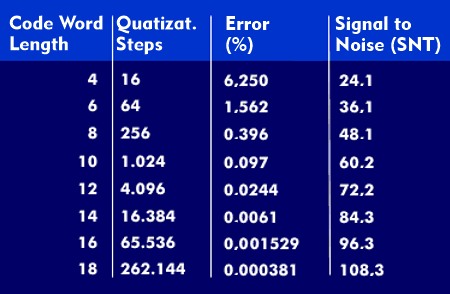noise shaping
For A/D converters and D/A converters, the noise floor, which decreases with lower sampling depth, is critical to their resolution and dynamic range. Noise shaping is designed to reduce these limitations.
Noise shaping is a process used to reduce quantization noise during the conversion of an analog signal to a digital signal. Technically, the noise energy is shifted from the audio range to a higher frequency range whose signals do not enter the signal processing. Furthermore, these frequency ranges are additionally attenuated by filters.
Noise shaping is used when a 20- or 24-bit signal is reduced to 16 bits, for example, by truncation, which is a method of limiting the word length. This eliminates the least significant bits( LSB) for the quiet tones, which has the effect of increasing quantization distortion. To reduce these distortions, low-levelnoise is added to the signal, resulting in random modulation of the digitized signal. This process is called dithering.
Noise shaping can be applied to oversampling because oversampling distributes the noise power over a wider frequency range. Thus, oversampling does not reduce the noise power, but distributes it differently. Technically, noise shaping is implemented by digital signal processing( DSP), with a feedback circuit and digital filtering.

